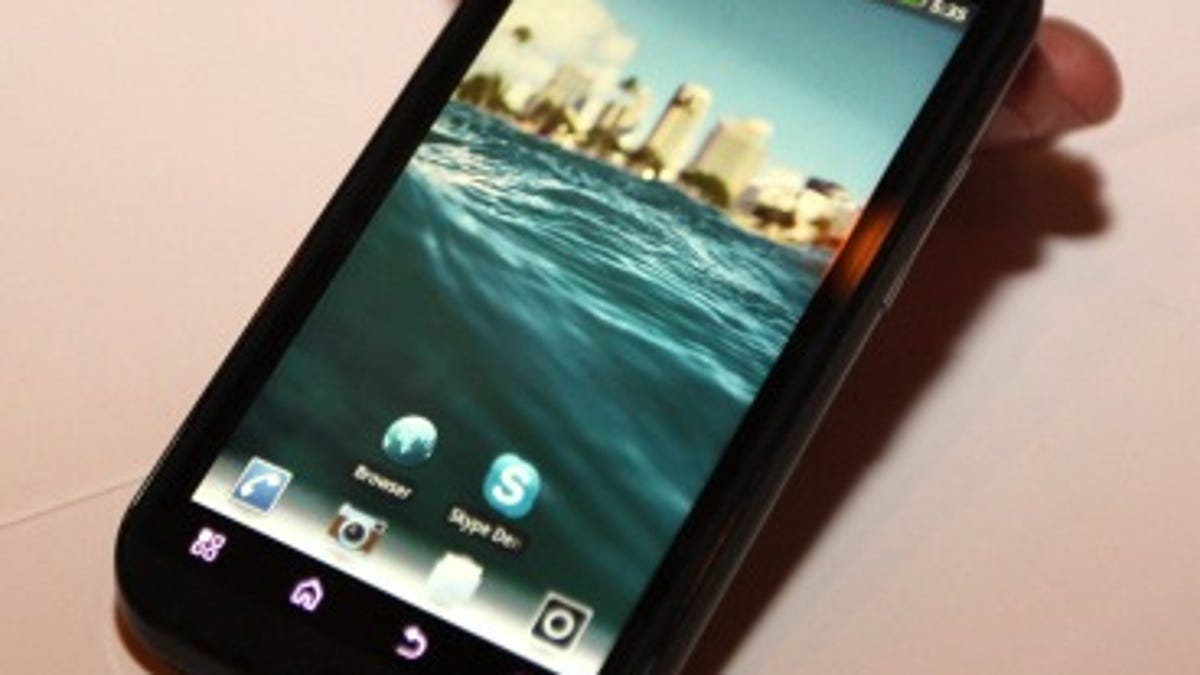Android at CES 2011: Where are they now?
As we gear up for the third conference in as many months, we look back at big Android announcements from CES. Where are some of the standout devices today, and how are they doing?

As we get ready for CTIA 2011 next week, it's worth revisiting some Android devices announced two months ago at CES to see where they are today. While most of the phones and tablets have started trickling out to their respective carriers, some have yet to receive a launch date.
The most prolific Android announcement was the
Unfortunately the sticker price was slightly higher than most consumers could afford, putting it out of reach for more than a couple early adopters. And now that the
Motorola has an uphill battle on its hands, especially with so many other players ready to enter the market. Perhaps a large number of customers have been waiting for the $600 Wi-Fi-only version before jumping into the Android 3.0 waters.
As for handsets, the Atrix 4G was largely regarded as one of the most promising devices. Given the internal hardware and its unique laptop docking capability, it appeared that AT&T would be blowing through these as quickly as they arrived in stores. Now that CNET has
And here again, price might be keeping buyers from realizing its full potential. At $199.99, the Atrix is an excellent buy by itself, but the laptop dock is simply too much for average consumers. Most people will look at the additional $300 and consider getting a full laptop or Netbook instead.
I've been using an Atrix 4G and laptop dock for the last week or so and simply love the weight and convenience. Unfortunately, I am near a PC for most of the day and have a hard time justifying the additional costs for something I may only use a few times a month at most. Motorola has pledged to bring this desktop experience to future smartphones where hopefully, volume drives the price down. Should Motorola make this a standard feature for its high-end phones, it could do well selling the add-on accessories.
Looking at the other handsets announced, there are still a few notable devices that haven't arrived yet. The HTC Thunderbolt hits Verizon March 17, where it will be the first to offer support for the 4G LTE network. From what I gather, it's going to be worth every penny of its $249.99 asking price. Not only should the Thunderbolt put some space between Verizon and AT&T with yet another knockout smartphone, but also it will offer simultaneous voice and data on a superfast network.
Still looming on the horizon are the Motorola Droid Bionic, the

